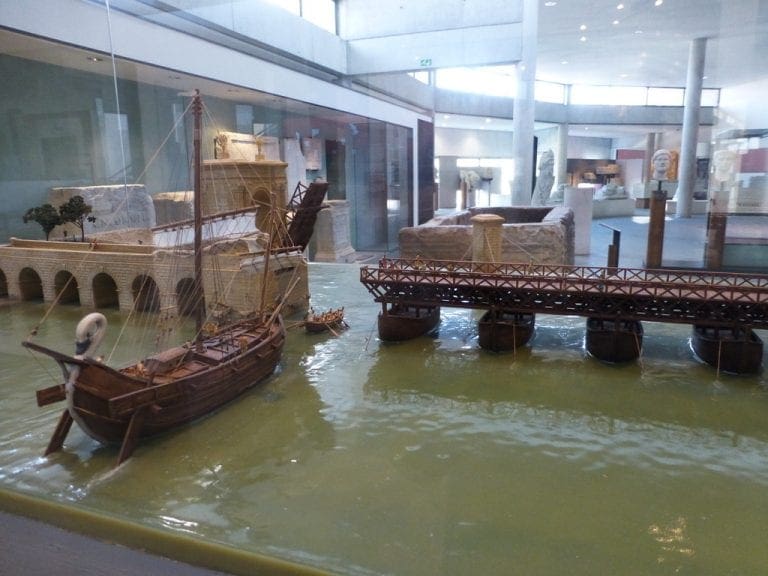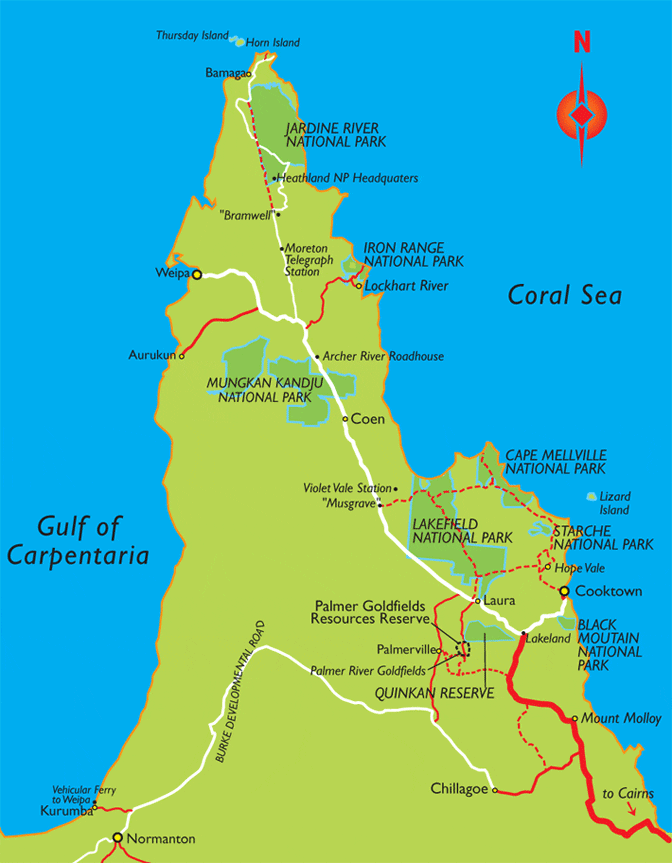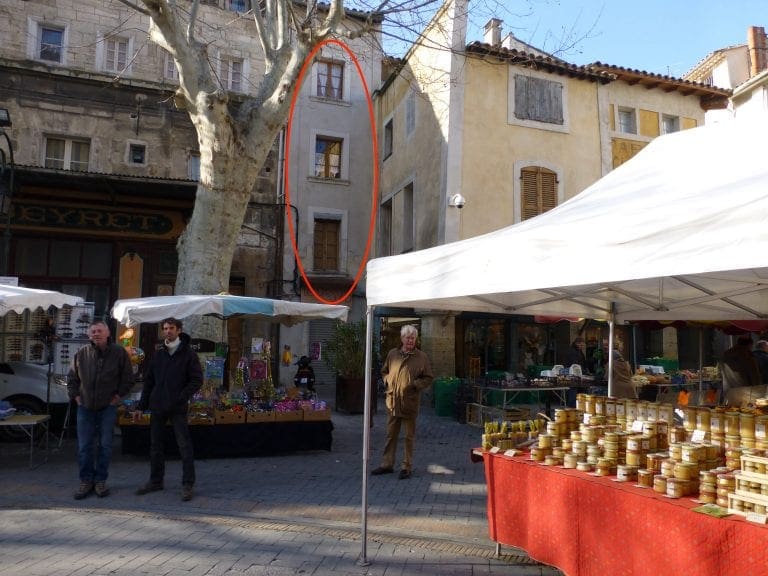I am Mont Ventoux
I am a mountain in the Provence region of southern France. As the name might suggest (venteux means windy in French), it can get windy at the summit, especially with the mistral; wind speeds as high as 320 km/h (200 mph) have been recorded. The wind blows at 90+ km/h (56+ mph) 240 days a year. The road over the mountain is often closed due to high winds. Especially the “col de tempêtes” (“storm pass”) just before the summit, which is known for its strong winds.
Mont Ventoux has become legendary as the scene of one of the most gruelling climbs in the Tour de France bicycle race, which has ascended the mountain fourteen times since 1951. The followed trail mostly passes through Bédoin. Its fame as a scene of great Tour dramas has made it a magnet for cyclists around the world. The race has finished at the summit 8 times and crossed the summit another 6 times.
The climb by bike from Bédoin to Mont Ventoux is one of the toughest in professional cycling. The average gradient for the total climb is 7.43%, based on a horizontal distance of 21,765 metres and an ascent height of 1,617 metres. Four kilometers have an average gradient above 10% and another five kilometers an average gradient above 9%.
Mont Ventoux, although geologically part of the Alps, is often considered to be separate from them, due to the lack of mountains of a similar height nearby. I stand alone to the north of the Luberon range, separated by the Monts de Vaucluse, and just to the east of the Dentelles de Montmirail, my foothills. The top of the mountain is bare limestone without vegetation or trees, which makes the mountain’s barren peak appear from a distance to be snow-capped all year round (my snow cover actually lasts from December to April). My isolated position overlooking the valley of the Rhône ensures that I dominate the entire region and can be seen from many miles away on a clear day. The view from the top is correspondingly superb.













